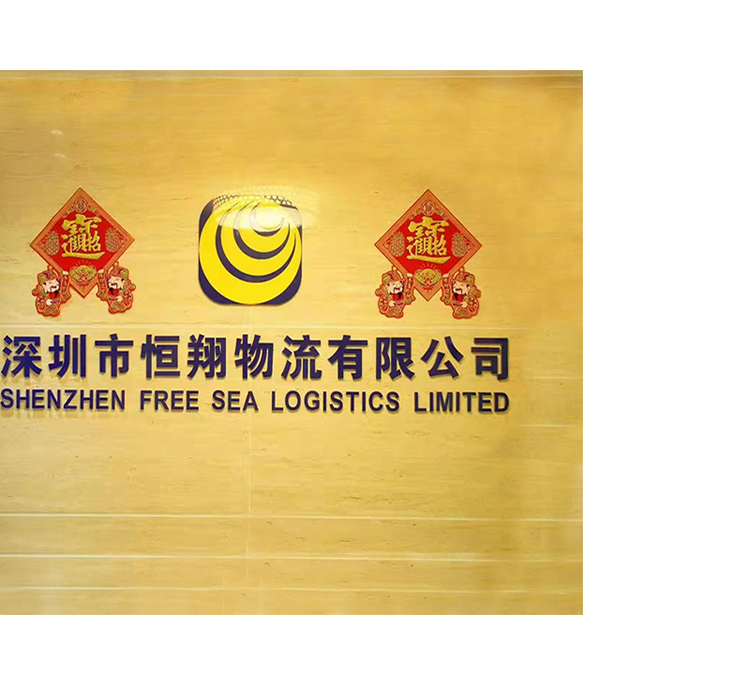The Future of International Logistics: Key Development Trends and Innovations
The development trend of international logistics is:
1). The international logistics system is more integrated;
2). International logistics management is more networked;
3). International logistics standards are more unified.
1. International logistics system is more integrated

International logistics integration is to make the entire logistics system an efficient, stable and controllable circulation system, thereby reducing circulation links, saving circulation costs, realizing scientific logistics management, improving circulation efficiency and efficiency, and adapting to the development trend of "logistics without borders" under the background of economic globalization.
It can be said that in the past, competition between single logistics enterprises has evolved into competition between one group of logistics enterprises and another group of logistics enterprises, competition between one supply chain and another supply chain, and competition between one logistics system and another logistics system.
The larger the scale of the international logistics system, the higher the logistics efficiency, the lower the logistics cost, and the stronger the competitiveness of logistics companies. A "win-win" relationship that emphasizes both competition and cooperation.
2. International logistics management is more networked
Under the guidance of system engineering concepts and under the conditions of modern information technology, strengthening resource integration and optimizing logistics processes are the most basic characteristics of the development of international logistics. Information technology and standardization have completely changed the integration and optimization of international logistics.
3. International logistics standards are more unified
International logistics standardization regards international logistics as a large system, formulates technical standards for each subsystem such as internal facilities, mechanical equipment, and special tools; formulates packaging, loading and unloading, transportation, and distribution work standards in different fields within each system; takes the system as the starting point, studies the coordination of technical standards and work standards of each subsystem and subfield, and unifies the standards of the entire international logistics system according to the requirements of coordination; finally, studies the cooperation between the international logistics system and other related systems, and seeks the unification of international logistics standards.























